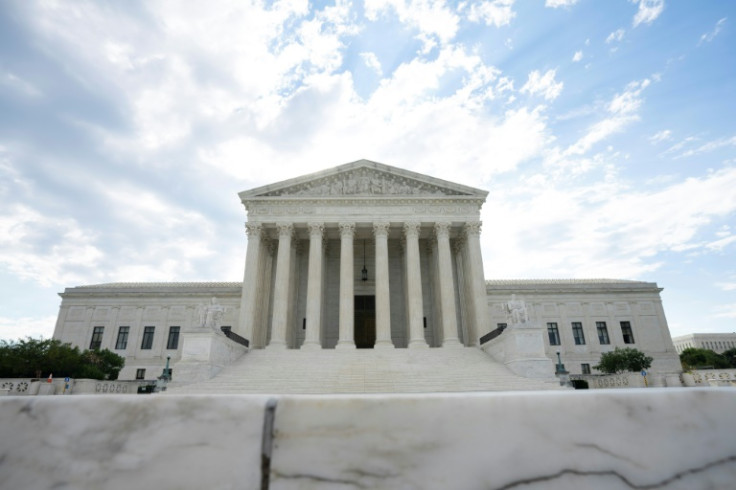
On Tuesday, the U.S. Supreme Court quietly unlocked the gates for what may become the most aggressive rollback of the federal workforce in modern U.S. history. In an unsigned order, the justices lifted a lower-court injunction that had blocked President Trump's effort to launch mass layoffs across multiple federal agencies.
This decision didn't come after oral arguments or a formal ruling. It arrived through the Court's increasingly familiar emergency process—no public debate, no written reasoning from the majority. But its consequences could be sweeping.
As reported by Reuters, the Trump administration is now free to proceed with planning "reductions in force" at departments like Veterans Affairs, Health and Human Services, Agriculture, and the State Department. These plans had been frozen by a federal judge in California, who ruled earlier this year that the president lacked constitutional authority to restructure the civil service without congressional input.
A Shadow Ruling With Heavy Implications
The ruling from Tuesday doesn't resolve the underlying legal dispute—it merely removes a temporary barrier. But the signal is clear: the conservative-majority Court sees few legal obstacles to the president's sweeping vision for federal reorganization.
In her strongly worded dissent, Justice Ketanji Brown Jackson accused the Court of enabling a "wrecking-ball approach" to government, warning that it opens the door to unchecked executive control. As noted by The Daily Beast, she framed the order as a dangerous precedent for future efforts to erode the balance of power.
Notably, Justice Sonia Sotomayor declined to dissent, though she has historically sided with Jackson on executive overreach cases. Her silence appears procedural—not an endorsement of Trump's layoff plan. According to The San Francisco Chronicle, Sotomayor's reasoning was that the issue wasn't ripe enough for the Court's full review, not that she supports the layoffs themselves.
What Happens Next?
While the order doesn't approve any specific round of terminations, it removes the only legal barrier preventing agencies from moving forward. The administration has instructed departments to begin preparing layoff notices and organizational "restructuring" documents. Critics say this could result in tens of thousands of job losses—many in roles tied directly to veterans' care, food safety, public health, and national security.
Federal unions are already preparing to fight back. Several state attorneys general have also signaled plans to challenge any individual agency layoffs, arguing that the president's directives violate civil service laws and due process protections.
As reported by The Guardian, this latest Supreme Court move is being described by legal scholars as part of a broader trend: a hands-off approach to executive power that grants presidents more room to act without meaningful judicial or legislative constraint.
A Bigger Story Beneath the Surface
This isn't just about federal jobs. It's about institutional fragility. The ruling reflects a growing reliance on the Court's so-called shadow docket—a method of issuing major decisions with little explanation or public scrutiny.
According to Reuters, this year has seen a marked increase in the Court's willingness to resolve high-impact disputes on an emergency basis, often favoring executive authority.
The shift has alarmed watchdogs who argue that a functioning democracy requires clear, public reasoning from its highest court—especially when it's tipping the balance of power this significantly.
An Efficiency Play—or an End Run Around Democracy?
Supporters of the decision argue it paves the way for long-overdue reform. They see a bloated federal bureaucracy in need of bold action and applaud the Court for staying out of the president's way. But critics see something darker: a permission slip for dismantling federal institutions, one agency at a time, without Congressional oversight or transparent judicial review.
The Court didn't just hand Trump a legal victory on Tuesday. It handed him something far more potent: precedent. And if this moment marks a new normal—where one branch wields the scissors and writes the playbook—we may soon find ourselves wondering whether the system's guardrails were real at all.







